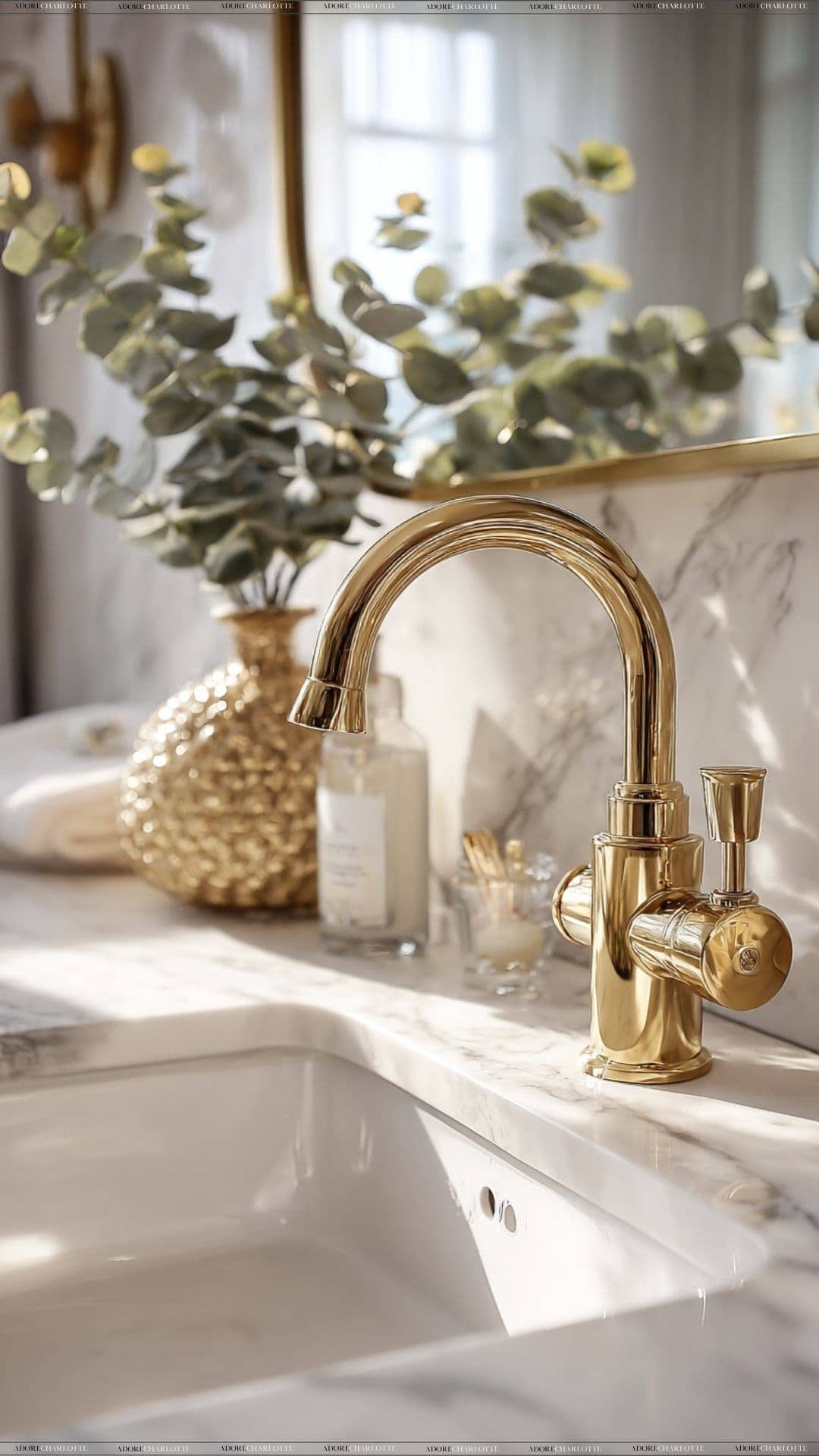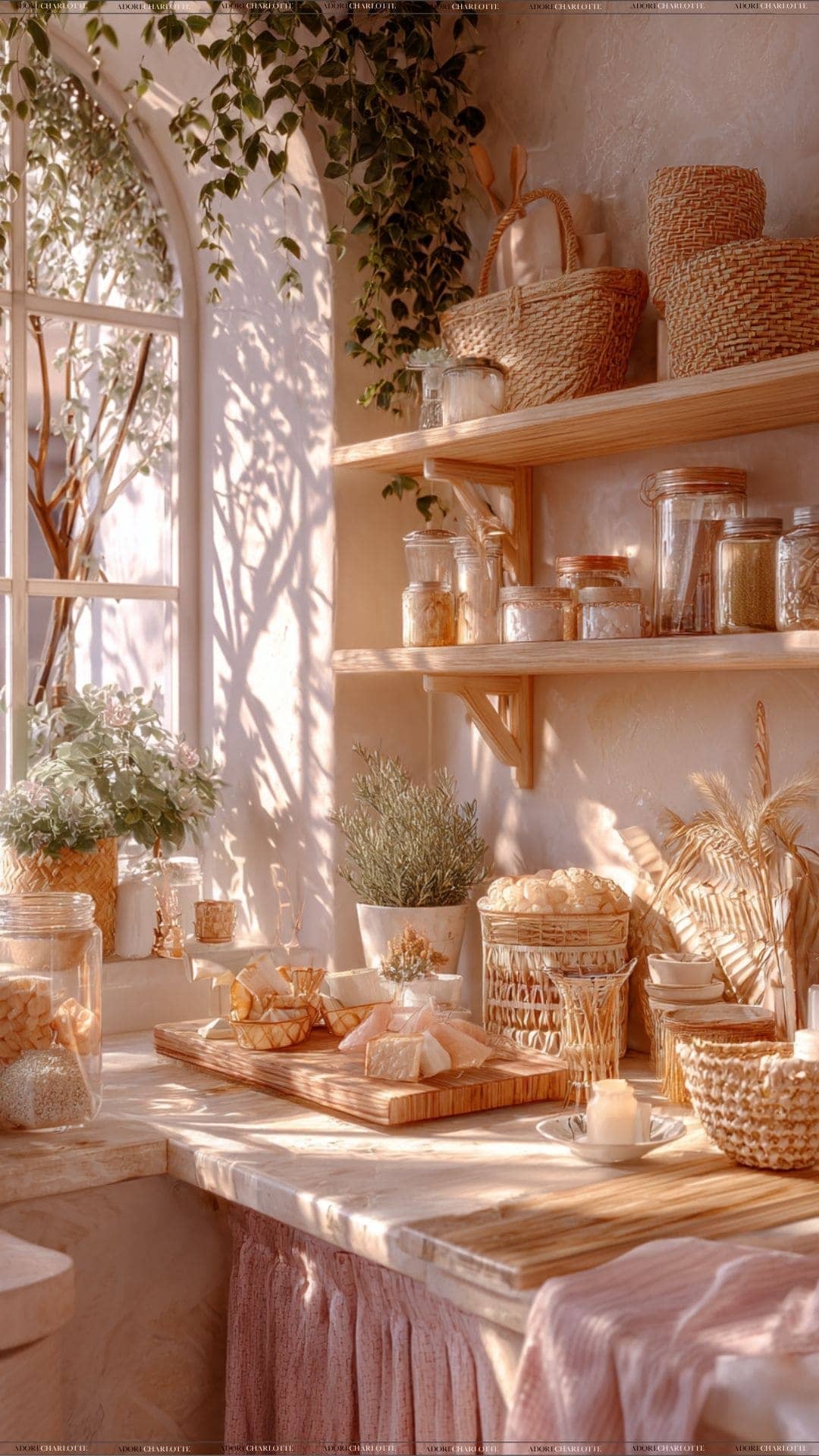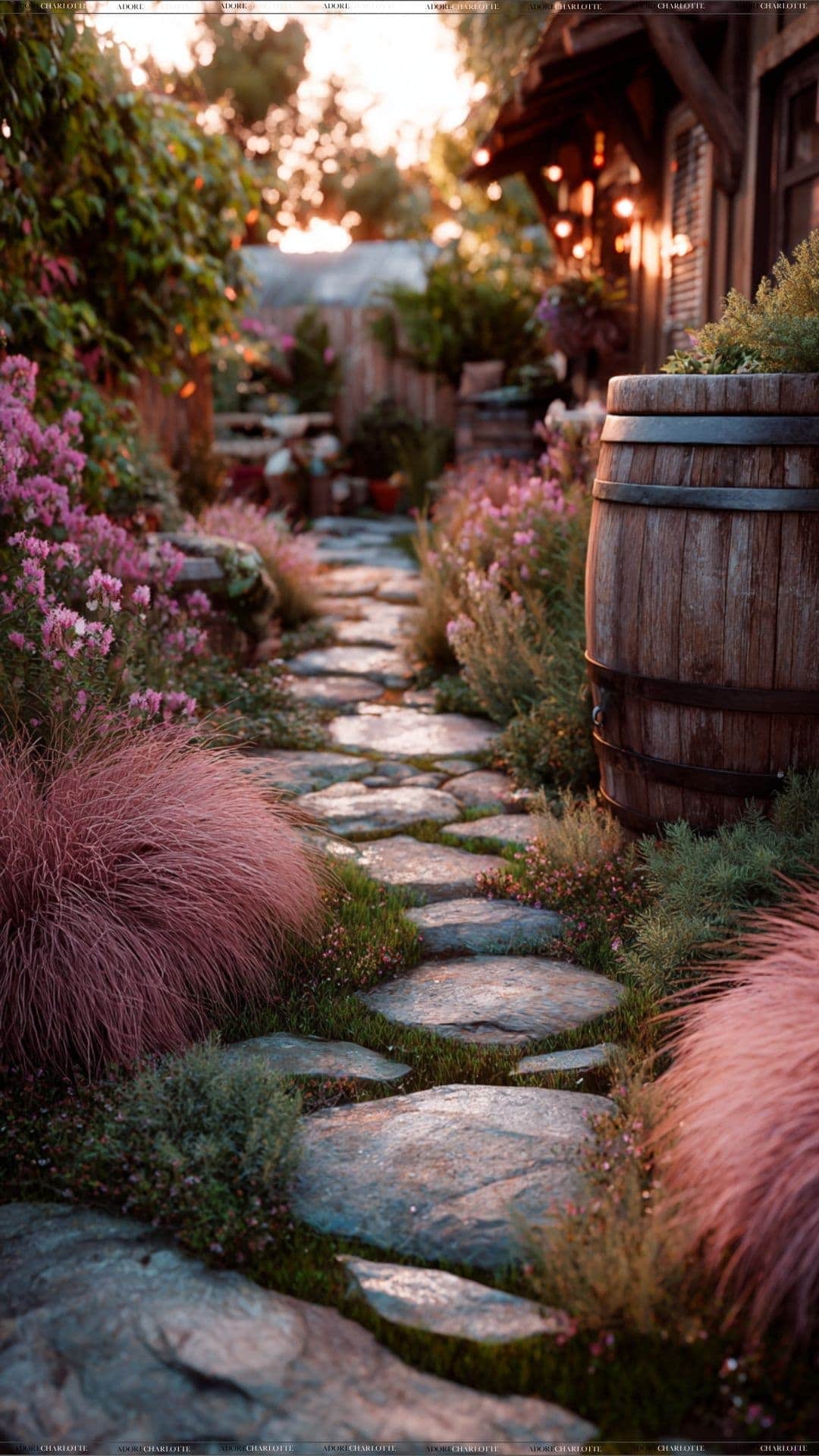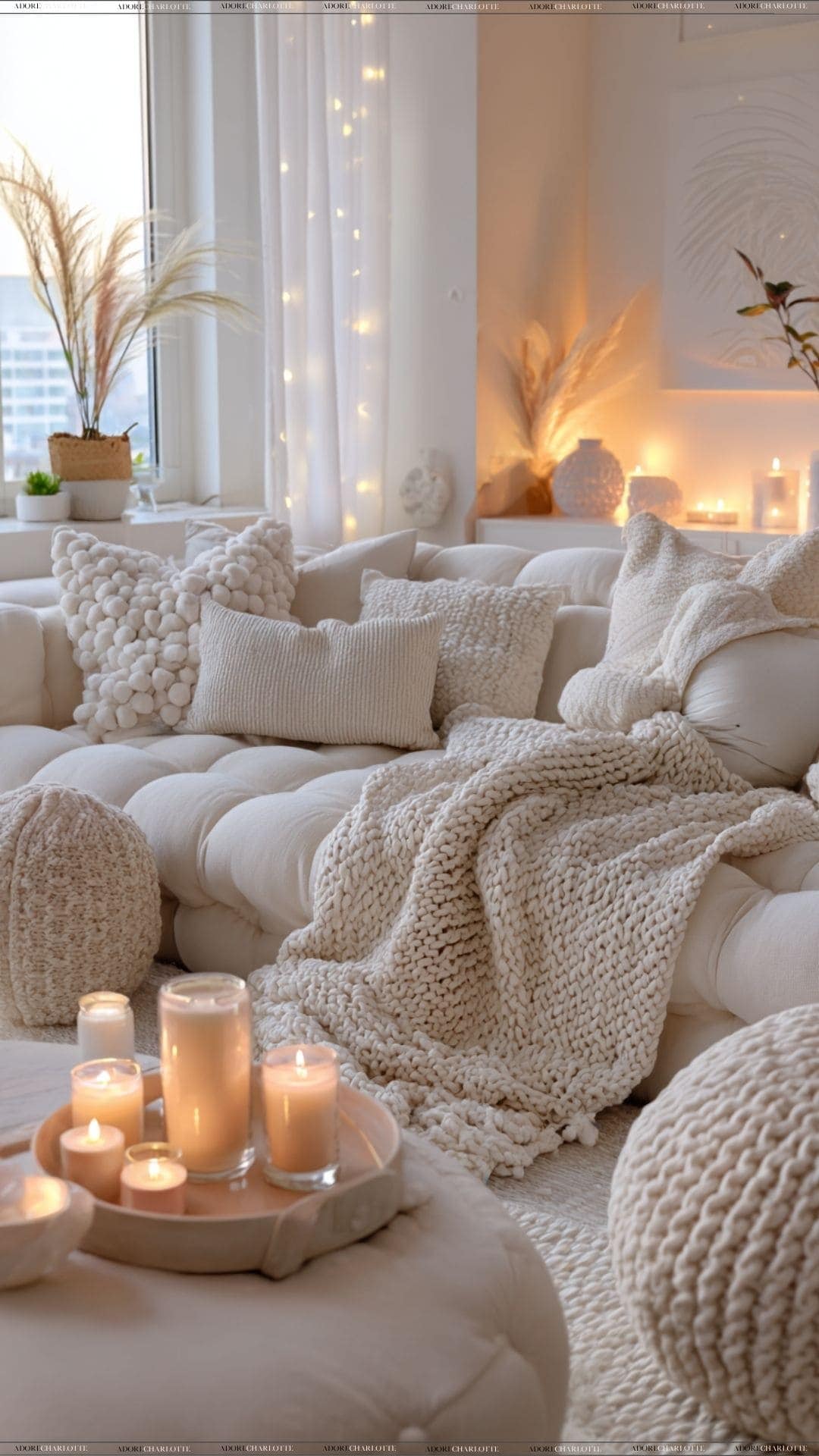How to Incorporate Sustainable Design in Your Home
Sustainable living isn’t just a trend, it’s about creating a home that works better for you and the planet. I’m Charlotte, mum of three and Family Lifestyle Publisher, and I’ve learned firsthand that small, practical eco-friendly swaps make a huge difference over time. Which in turn will help incorporate sustainable design.
Want a more eco-friendly home without breaking the bank? Well, then you’re definitely not alone. Lots of homeowners talk about going green but get stuck figuring out what actually makes sense for their house and budget.
Sustainable design doesn’t have to mean expensive solar panels or a full renovation. It’s about simple, intentional choices that lower bills, reduce waste, and make your home feel healthier. Here’s how to incorporate sustainable design in ways that are affordable, realistic, and stylish.
There are options for every budget and home type that can cut your bills while helping the planet.
Energy-Efficient Windows and Doors
Old windows leak money. Seriously, they do. That draft you feel in winter? That’s your heating bill going up.
Replacing windows isn’t cheap, but the difference it makes is huge. Double-pane windows keep the temperature stable year-round, which means your heater and AC don’t work as hard.
What to look for in new windows when incorporate sustainable design:
- Double or triple panes (the air between glass acts as insulation)
- Low-E coatings that block UV but let light through
- Proper installation – even great windows perform poorly if installed wrong
- Window frames matter too – vinyl and fiberglass usually outperform aluminum
Can’t afford new windows right now? No problem. Weatherstripping and caulking help a lot and cost very little. Even heavy curtains make a difference in winter.
Charlotte Tip: Draft stoppers are inexpensive, effective, and even come in fun styles. Cosy and practical!

Insulation That Actually Saves Money
Most homes don’t have enough insulation. Attics, walls, floors – heat escapes through all of them.
Adding insulation to your attic might sound boring, but it’s one of the smartest things you can do. Heat rises, so an under-insulated attic is like having a hole in your roof when it comes to energy bills.
Different types of insulation work better in different places:
- Fiberglass batts – cheap but not always the most effective
- Blown-in cellulose – great for attics and filling wall cavities
- Spray foam – expensive but creates an air seal too
- Rigid foam board – good for basements and crawl spaces
The ROI on good insulation is no joke. You can recoup the costs within 2-5 years through lower energy bills.
Charlotte Tip: If you only tackle one project, start with the attic. Heat rises, and sealing it properly saves money fast.
Solar Options for Every Budget
Solar doesn’t have to mean covering your whole roof with panels. There are smaller options too.
Full solar systems have gotten much more affordable, but they’re still a big investment. Many areas offer tax incentives that cover 20-30% of the cost. Some companies even let you lease panels with no upfront cost.
If you’re not ready for the full commitment:
- Solar water heaters cost less than full panel systems
- Solar outdoor lighting is cheap and easy to install
- Some utility companies offer community solar programs
- Solar-powered attic fans help cool your house in summer
Even a small solar setup reduces your carbon footprint and provides backup during power outages.
Charlotte Tip: Start with solar lights in your garden or driveway. They’re low-cost, beautiful at night, and eco-friendly.

Water-Saving Features That Work
Water bills climbing? Small changes make a big difference here.
Low-flow fixtures have improved a lot. The old ones from the 90s were terrible – weak showers and toilets that needed two flushes. New models work much better while using less water.
Easy upgrades for incorporate sustainable design include:
- Low-flow showerheads (use 30-50% less water)
- Dual-flush toilets (different amounts of water for different, uh, situations)
- Faucet aerators (mix air with water so it feels the same while using less)
- Smart irrigation systems that check the weather before watering
A family of four can save thousands of gallons per year with these simple changes.
Charlotte Tip: Swap one shower head first. You’ll see the savings without sacrificing water pressure.

Eco-Friendly Materials Worth Buying
Not all “green” materials are worth the hype. Some perform great, while others cost more without delivering real benefits.
When repainting, look for low-VOC or no-VOC paints. They’ve gotten much better – you can barely smell the difference now, but they release far fewer chemicals into your home. Professional house painters increasingly recommend these options not just for environmental reasons but for better indoor air quality.
Materials to incorporate sustainable design that deliver on their promises:
- Bamboo flooring (grows fast and looks great)
- Reclaimed wood (unique character with no new trees cut)
- Cork flooring (naturally antimicrobial and comfortable underfoot)
- Recycled glass countertops (durable and unique-looking)
Skip materials that have to ship from across the world. Sometimes local options have a lower carbon footprint even if they’re not marketed as “green.”
Charlotte Tip: Before buying “eco” items shipped halfway across the world, check for local options — they’re often greener.

Smart Home Tech That Cuts Bills
Smart thermostats pay for themselves quickly. They learn your schedule and adjust temperatures automatically, saving 10-15% on heating and cooling costs.
Other smart tech worth considering:
- Smart power strips that cut power to devices when not in use
- Water leak detectors that prevent major damage and waste
- Light sensors that turn off lights when no one’s in the room
- Energy monitors that show exactly where your power goes
Many of these gadgets cost under £100 but save much more over time.
Charlotte Tip: A smart thermostat is the best first step. It pays for itself quickly and keeps your home cosy.

Landscaping That Helps the Environment
Your yard affects your home’s efficiency more than you might think.
Strategic tree planting can cut cooling costs by 15-35%. Deciduous trees on the south and west sides provide shade in summer but let sun through in winter when they lose their leaves.
When replacing or upgrading your roof, talk to residential roofers about cool roof options. These reflect more sunlight and absorb less heat, which means lower cooling bills in summer and less contribution to the urban heat island effect.
Sustainable landscaping ideas:
- Native plants need less water and maintenance
- Rain gardens capture runoff and prevent flooding
- Permeable paving lets water soak in instead of running off
- Compost bins turn waste into garden gold
Good landscaping does double duty – it looks nice while making your home more efficient.
Charlotte Tip: Even a single shade tree in the right spot can lower cooling costs dramatically.

Simple Changes That Make a Difference
Sometimes the easiest changes have the biggest impact.
Switching to LED bulbs is a no-brainer. They use 75% less energy than incandescent bulbs and last years longer. The upfront cost is higher, but you’ll save money over time.
Other simple switches:
- Programmable power strips
- Clotheslines for drying (when weather permits)
- Ceiling fans to improve air circulation
- Door sweeps to block drafts
The best sustainable changes are the ones you actually make. Start small if you need to. Each improvement builds on the last, creating a home that’s comfortable, efficient, and better for the planet. The goal isn’t perfection – it’s progress.
Charlotte Tip: Don’t overwhelm yourself. Start with one small change a week — it’s progress, not perfection.

FAQs: Sustainable Design in the Home
What is the easiest way to incorporate sustainable design?
Begin with simple changes like LED bulbs, draft stoppers, or a smart thermostat.
Are eco-friendly materials worth the cost?
Yes — bamboo, cork, and reclaimed wood last long, look stylish, and reduce environmental impact.
Do I need solar panels to have a sustainable home?
Not at all. Smaller solar options like garden lights or water heaters are affordable and effective.
How can I save water with sustainable design?
Install low-flow showerheads, dual-flush toilets, faucet aerators, and smart irrigation.
What’s the ROI of insulation upgrades?
Most insulation projects pay for themselves within 2–5 years through lower energy bills.
Does sustainable landscaping really help?
Yes. Native plants reduce water use, shade trees lower cooling costs, and rain gardens prevent flooding.
Before You Go
Incorporating sustainable design into your home isn’t about huge, expensive renovations. It’s about layering small, intentional changes that reduce costs and create a healthier space for your family. I’ve learned that the most powerful eco-friendly swaps are the ones you’ll actually stick with. From LED bulbs to better insulation.
Remember: you don’t need perfection to make a difference. Every step you take creates a more comfortable, efficient, and planet-friendly home.
With love, gratitude & soft girl CEO vibes.

